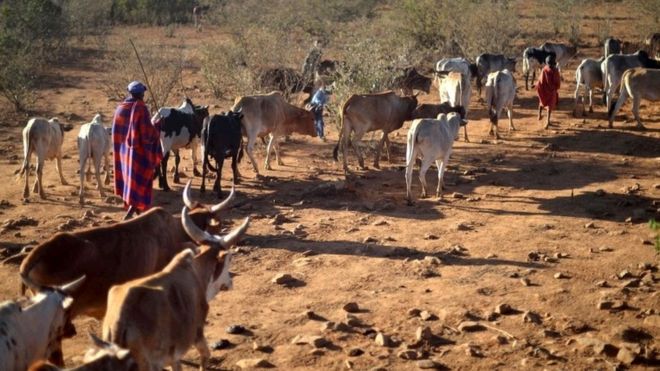Kenya will cut its growth forecast to reflect the impact of a drought that slashed agricultural output in East Africa’s biggest economy and left the country short of its staple food, Treasury Secretary Henry Rotich said.
“Economic growth will probably be 5.7% this year, compared with an earlier estimate of 5.9% to 6%,” Rotich, 48, said in an interview at his office in the capital, Nairobi, Bloomberg reported.
“The forecast may be reduced further to 5.5% once an assessment of the March-May rains is completed. We are analyzing some leading economic indicators to see if this drought has gone beyond quarter one. If that is the case, we may adjust our numbers a bit lower.”
Kenya is experiencing its worst drought in more than three decades. The dry weather cut corn production, reducing the country’s strategic grain reserve to less than a day’s supply, and resulted in shortages of products, including sugar and milk.
The drought has been severe because it’s spanned three seasons and affected a wider region than normal, according to the National Drought Management Authority.
Beyond agriculture, the momentum in the economy is “still strong”, Rotich said, citing the building of a standard-gauge railroad linking the port of Mombasa to neighboring Uganda. That’s underpinning growth of the construction industry, he said, while tourism, one of the country’s biggest generators of foreign exchange, is also “picking up”.
Cutting its forecast will bring the treasury’s estimates more in line with the World Bank and the International Monetary Fund, which have cut their predictions to 5.5% and 5.3% respectively. Both organizations have cited the drought as a factor in lowering their forecasts, as well as the slowdown in lending by banks to the private sector after the government placed a cap on commercial lending rates.
Kenyan President Uhuru Kenyatta introduced the limits, set at four percentage points above the official central bank rate, in August. The decision fulfilled a pledge he made before being elected in 2013 to reduce the cost of credit. The country’s five biggest banks all posted a drop in first-quarter profit last month as the cap cut loan income.
The government is trying to mitigate the impact of the caps by accelerating reforms that address the “root causes” of high interest rates in Kenya, Rotich said.
He cited the recent signing into law of the Movable Property Security Rights Bill, which enables borrowers to use movable assets as collateral for credit.


